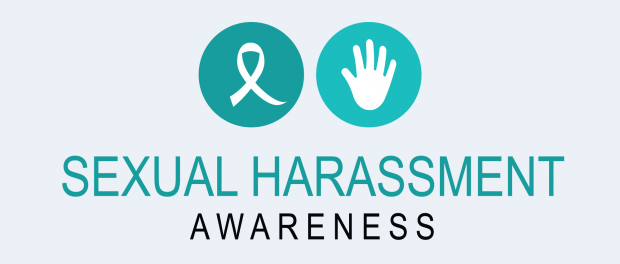Sexual harassment: Abuse in the Canadian workplace

The #metoo movement was pivotal in shining a light on the sexual harassment and violence experienced by many North American women, particularly at the hands of powerful, white men. While we can all learn from the devastating actions of men like Harvey Weinstein and celebrate in the justice that has been achieved for some women, sexual harassment remains a pervasive problem in Canada. This becomes particularly apparent when one examines the Canadian workplace. Aptly described as a “slithering snake,” sexual harassment can “ripple its way through a work environment causing disastrous results.”
Bill 132 of the Human Rights Code defines workplace sexual harassment as “engaging in a course of vexatious comment or conduct against a worker in a workplace because of sex, sexual orientation, gender identity or gender expression…or making a sexual solicitation or advance where the person making the solicitation or advance is in a position to confer, grant or deny a benefit or advancement to the worker.” Sexual harassment at work takes many forms and does not have to include unwanted physical touch. In fact, verbal abuse is the most common type of sexual harassment reported in Canadian workplaces.
The numbers of women who experience some form of harassment while at work is startling. In 2016, a report conducted by Statistics Canada showed that one in five Canadian women had been harassed at work in the past year, compared with one in eight Canadian men. The women who were most vulnerable to this type of abuse were young, single or unmarried. Indigenous women and those persons who identify as LGTBQ+2 were also disproportionately targeted by harassment.
The root causes of sexual harassment are complex and derive from a culture of sexism and oppression that can be exasperated by the inherent power structure of many workplaces. Perpetrators of harassment can be found in all levels of the workplace and in all job descriptions; this includes employers, supervisors, colleagues, clients and customers. Although every Canadian citizen has the legal right to work in a harassment-free workplace and the employer is legally obligated to ensure that this happens, clearly statistics show us that more work needs to be done.
Surprisingly, in 2016 unionized workers reported experiencing harassment at work (sexual and other forms) six per cent more often than non-unionized workers. This could be due in part to the fact that unionized workers have better reporting mechanisms in place, or perhaps because they feel more protected than others to report incidents of harassment; regardless of the reason, this underscores the need for unions to do more to eradicate the abuse that many of their members, and in particular their female members, face every day.
The first week of June marks Sexual Harassment Awareness Week. It is particularly important at this time of year for members to educate themselves on the breadth of the problem of sexual harassment in the workplace. Reflecting on the issue and calling out harassment when they see it is a first step in transforming abusive and toxic working environments. The #metoo movement has made conversations about sexual harassment easier; it is now up to us to transform that momentum into real, meaningful change.



Leave a comment